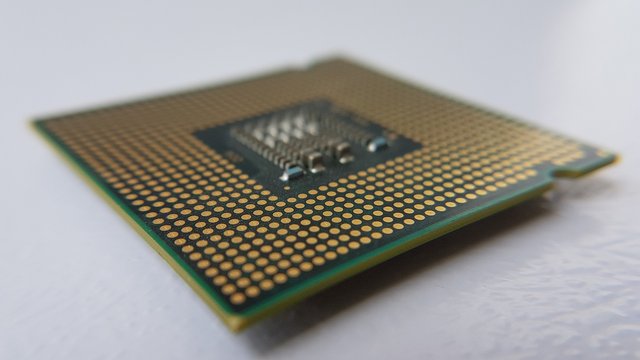Wafer Sized Processor Or 41 GPUs In One
Scientists looked into the creation of one giant processor. Its structure would be spread out on the whole wafer. This would allow it to be more effective in computational power, power requirements, size, and even price.

- Be also sure to check out my other posts and follow me @kralizec and subscribe to my Youtube channel at Kralizec Gaming Youtube Channel
Scientists from the University of California and the University of Illinois introduced a new type of processor that is just giant – it fill the whole wafer. This construction removes problems with parallelization of multiple processors where we see a significant limitation of speed because of low bandwidth. This is a problem especially in datacenters and supercomputers.
Wafer Sized Processor
Nowadays, common processors are made on silicone wafers in many copies. All of them are right next to each other on a wafer roughly 30cm in diameter, then they are cut apart and put into packages with all the connectors that connect it to the printed circuit board (PCB).
The wafer-sized processor is quite different as you might expect. While it is still made of individual chips those are all prepared, put onto the wafer and connected through a cheap and fast data fabric called SiIF (silicone interconnect fabric) allowing the chips to work on a single calculation. The result – one giant processor.
41 Graphical Processors In One
One of the problems of parallelization and using many processors is the speed of communication between them. And we also need to calculate the additional space for communication devices and additional power drain and warmth.
In the past, the production was plagued mainly by the efficiency. Only a certain number of chips from a wafer would be usually and some would have to be thrown out. While this problem isn’t gone the efficiency has gotten much better over time.
Using prepared chips could completely eliminate this problem and thus allow us to put the project of a giant processor into reality. More precisely, it would allow us to build one giant graphical processor that would be made from 41 individual graphical processors connected in parallel. Just imagine the computational power of 41 graphical cars in an area of roughly 30 cm and with lower power requirements and less need for cooling. Sadly, at the moment this is all only in computer simulations. But the simulations promise incredible things! 19 times more computational power!
The scientists say that while silicone chips shrank in size a thousand time in the past two decades, the packages got only 4 times smaller. Thus, this form of integration would only continue and put us on the right track to making a single chip as effective and as powerful as possible.
Sources:
- If you like the content I’m producing about science maybe you will like the content I produce about gaming as well! Be sure to check out my other posts!
🏆 Hi @kralizec! You have received 0.2 STEEM reward for this post from the following subscribers: @cardboard
Subscribe and increase the reward for @kralizec :) | For investors.